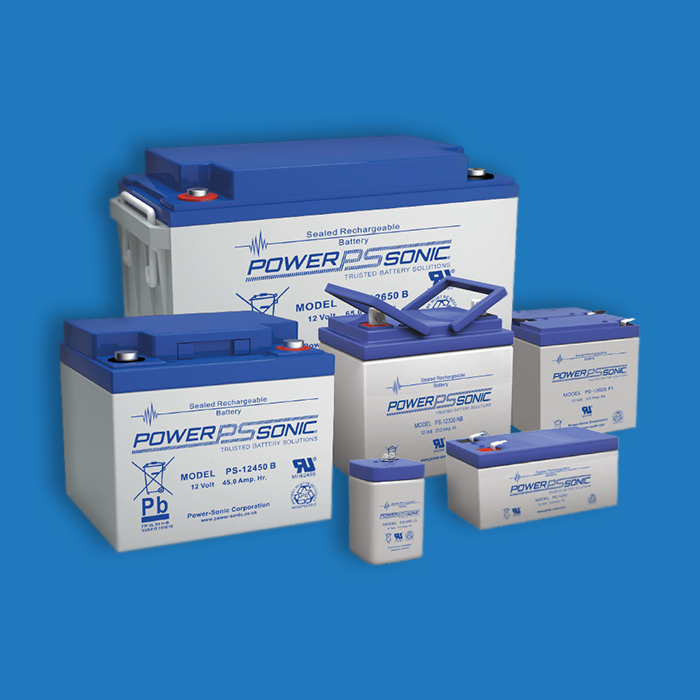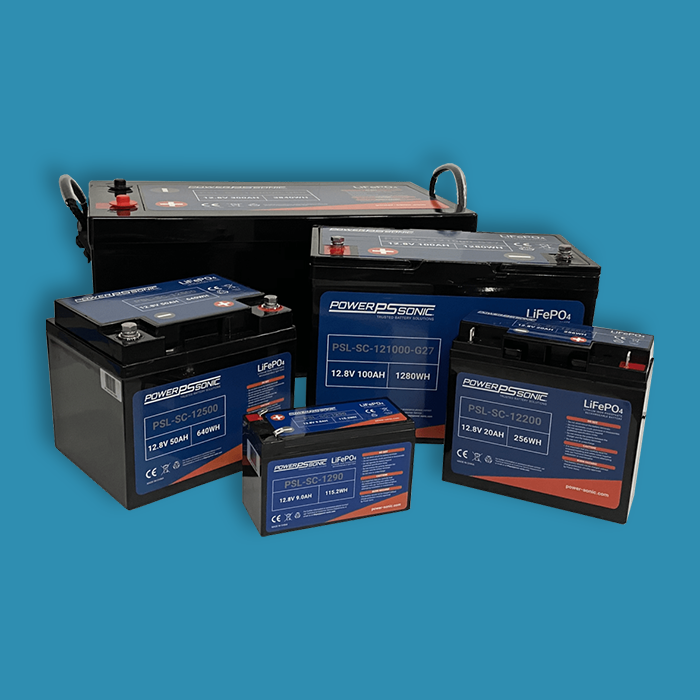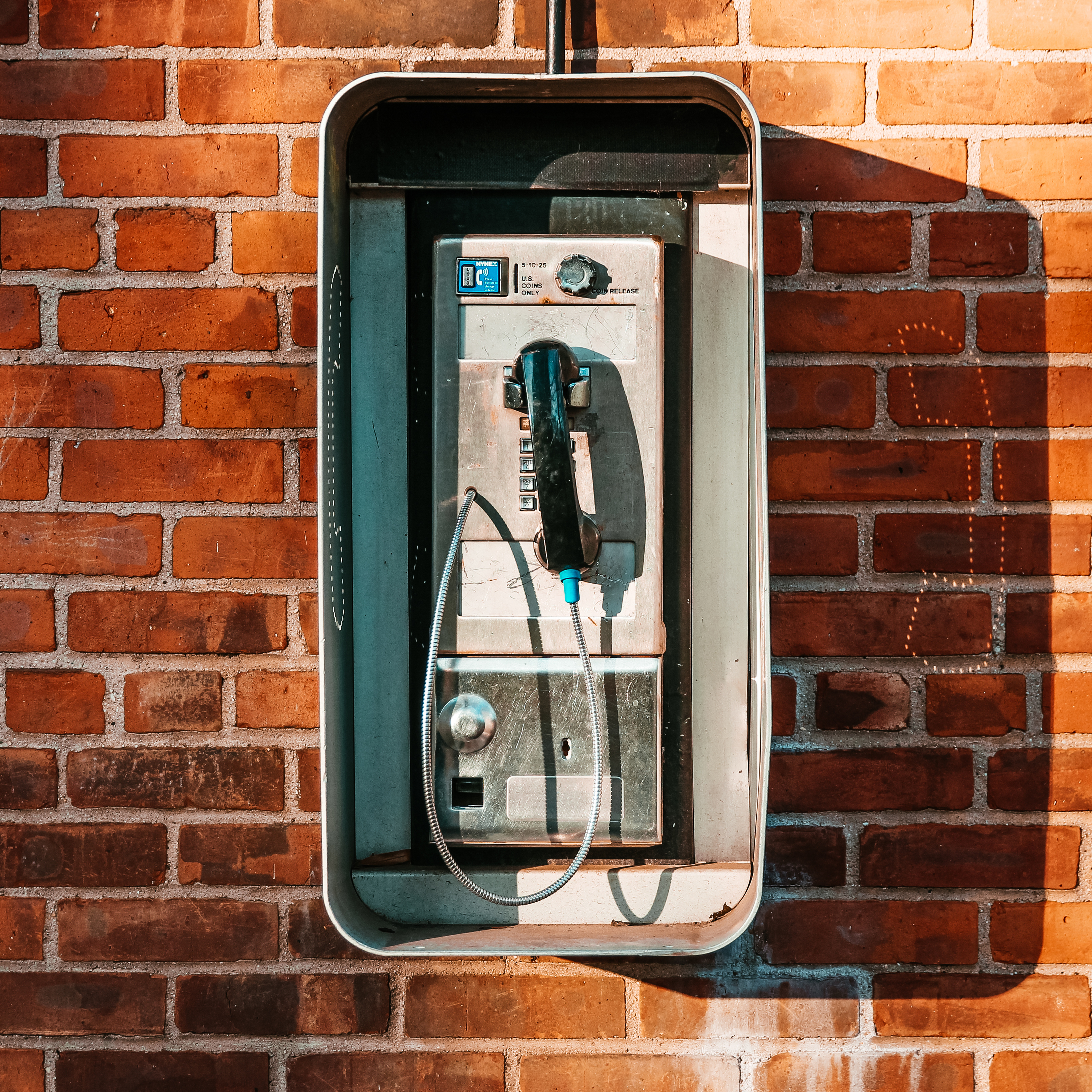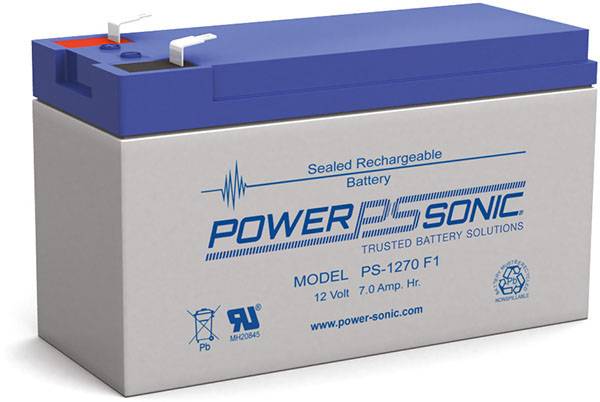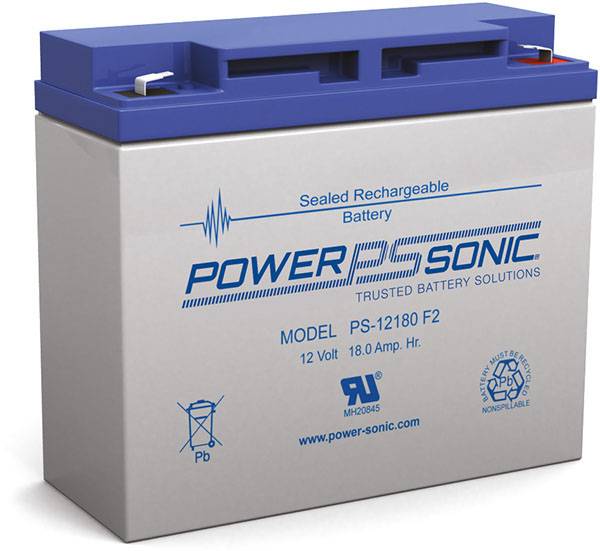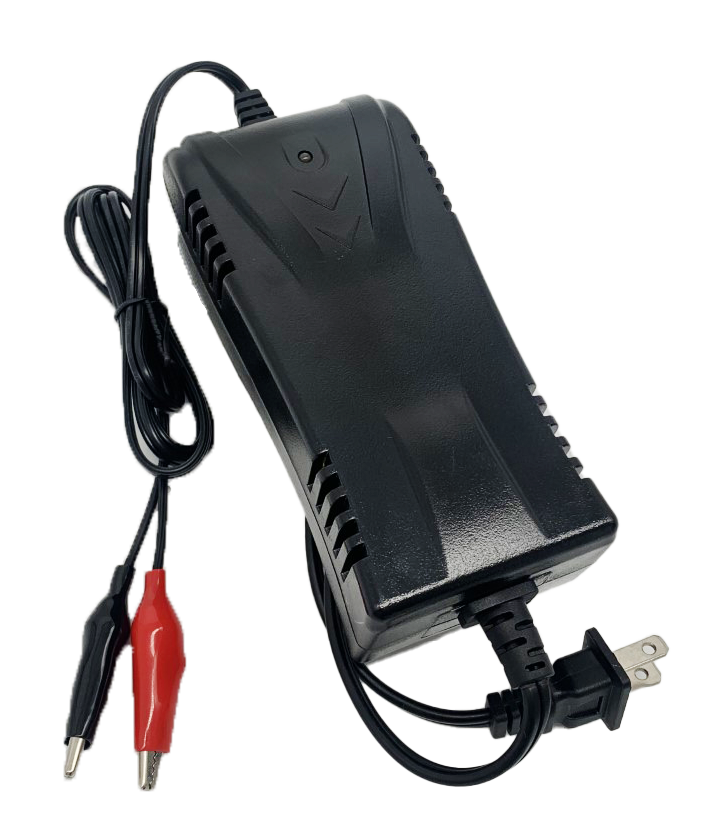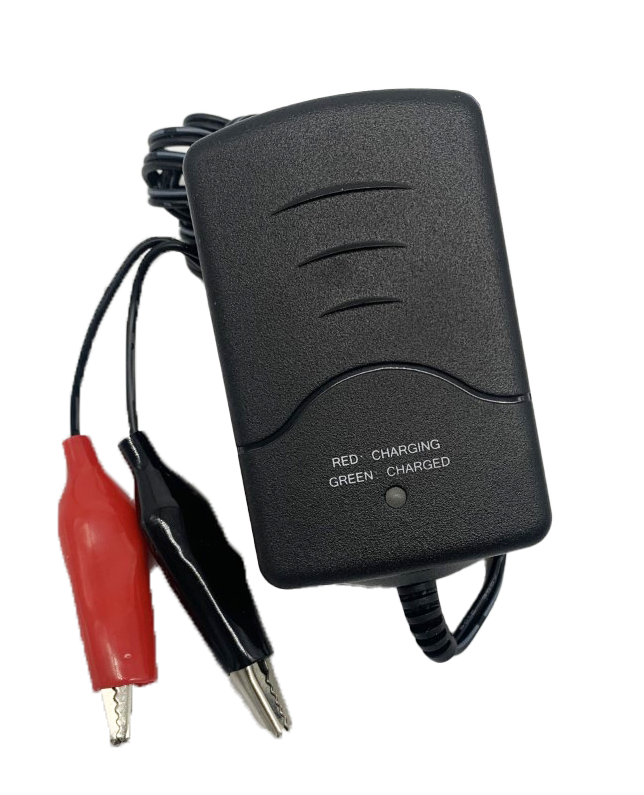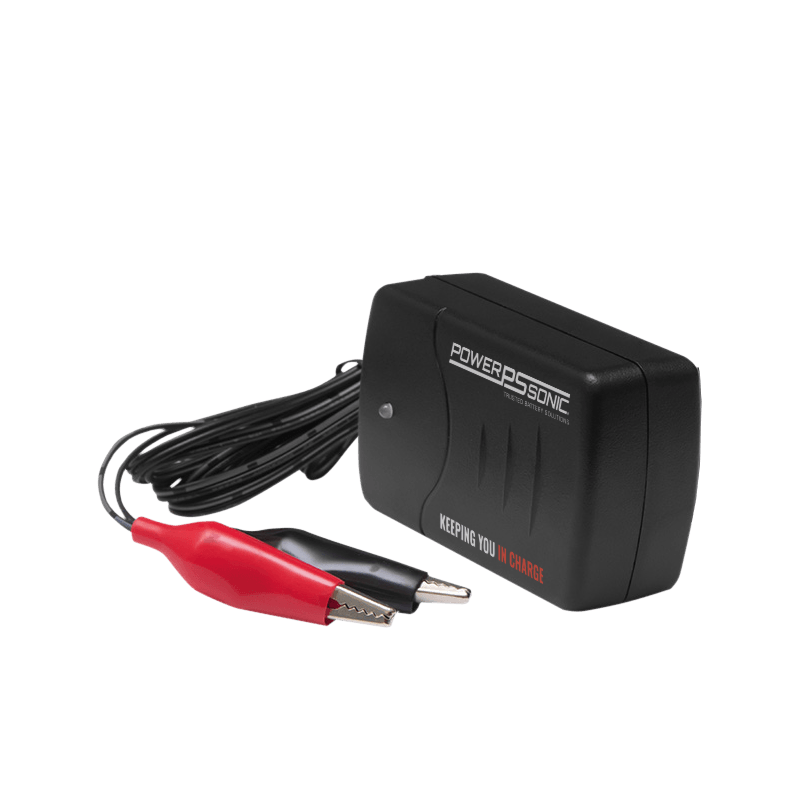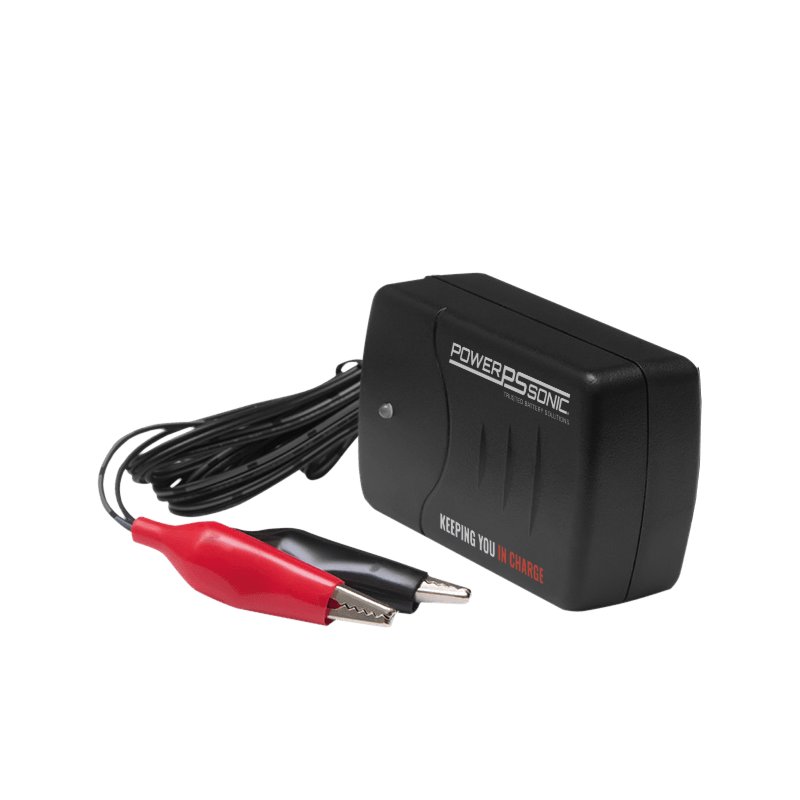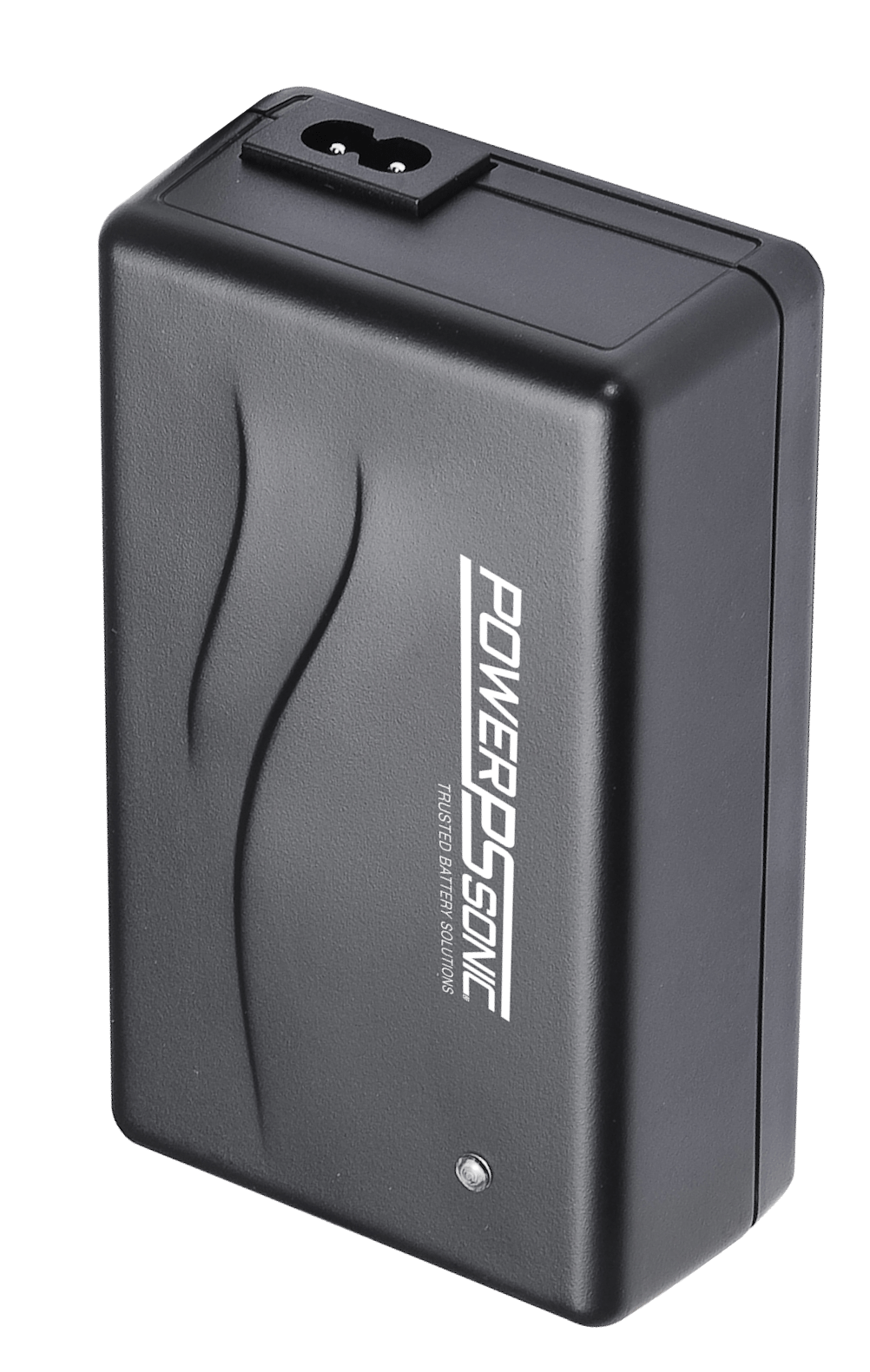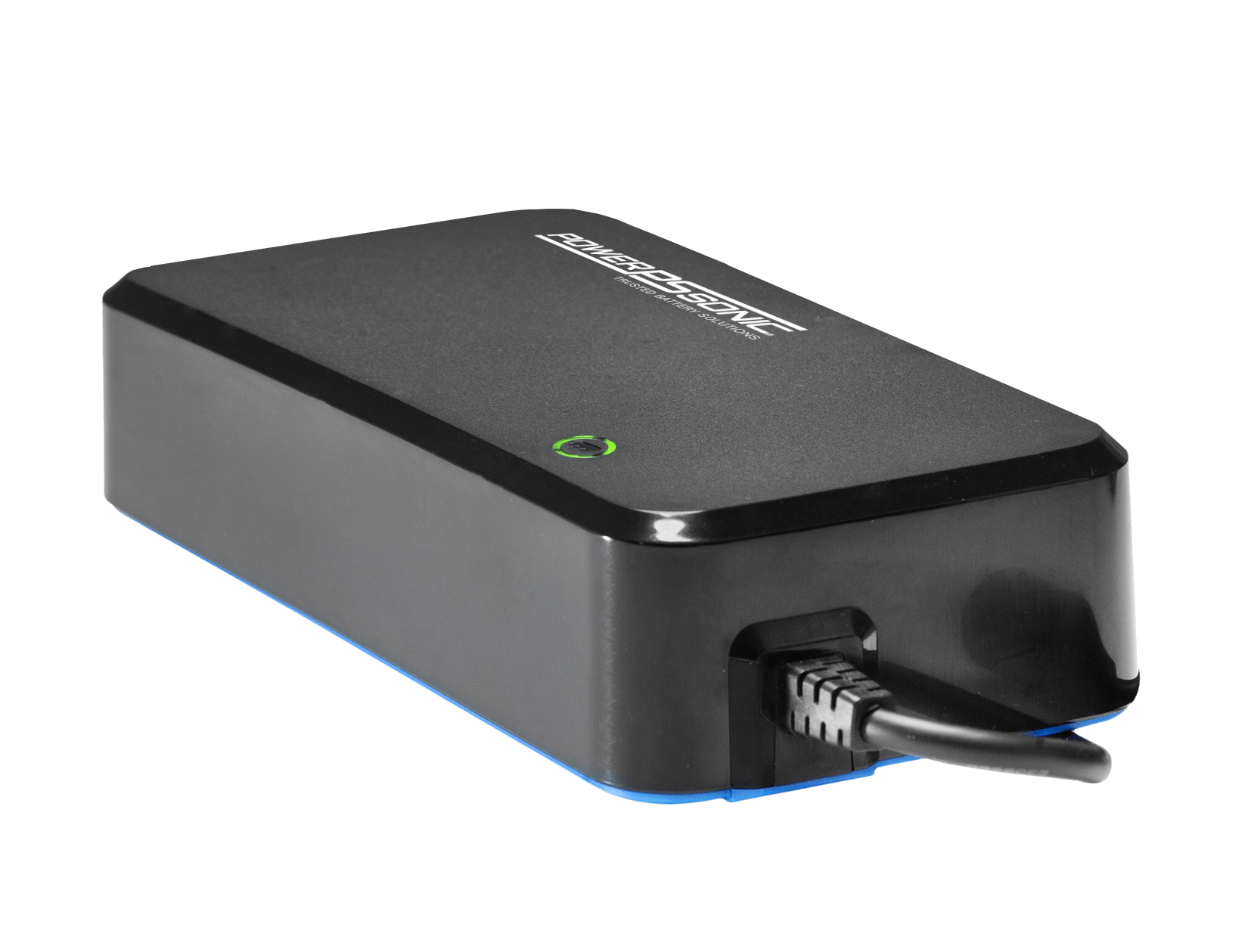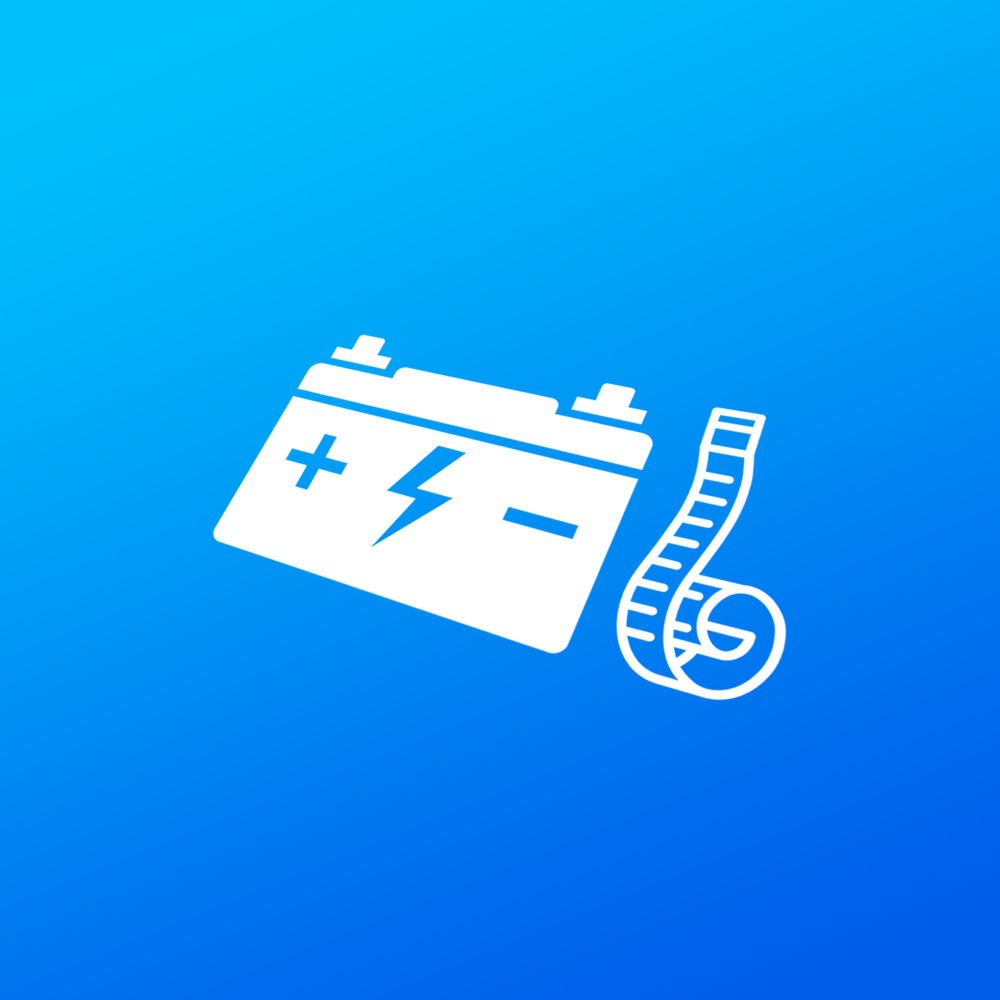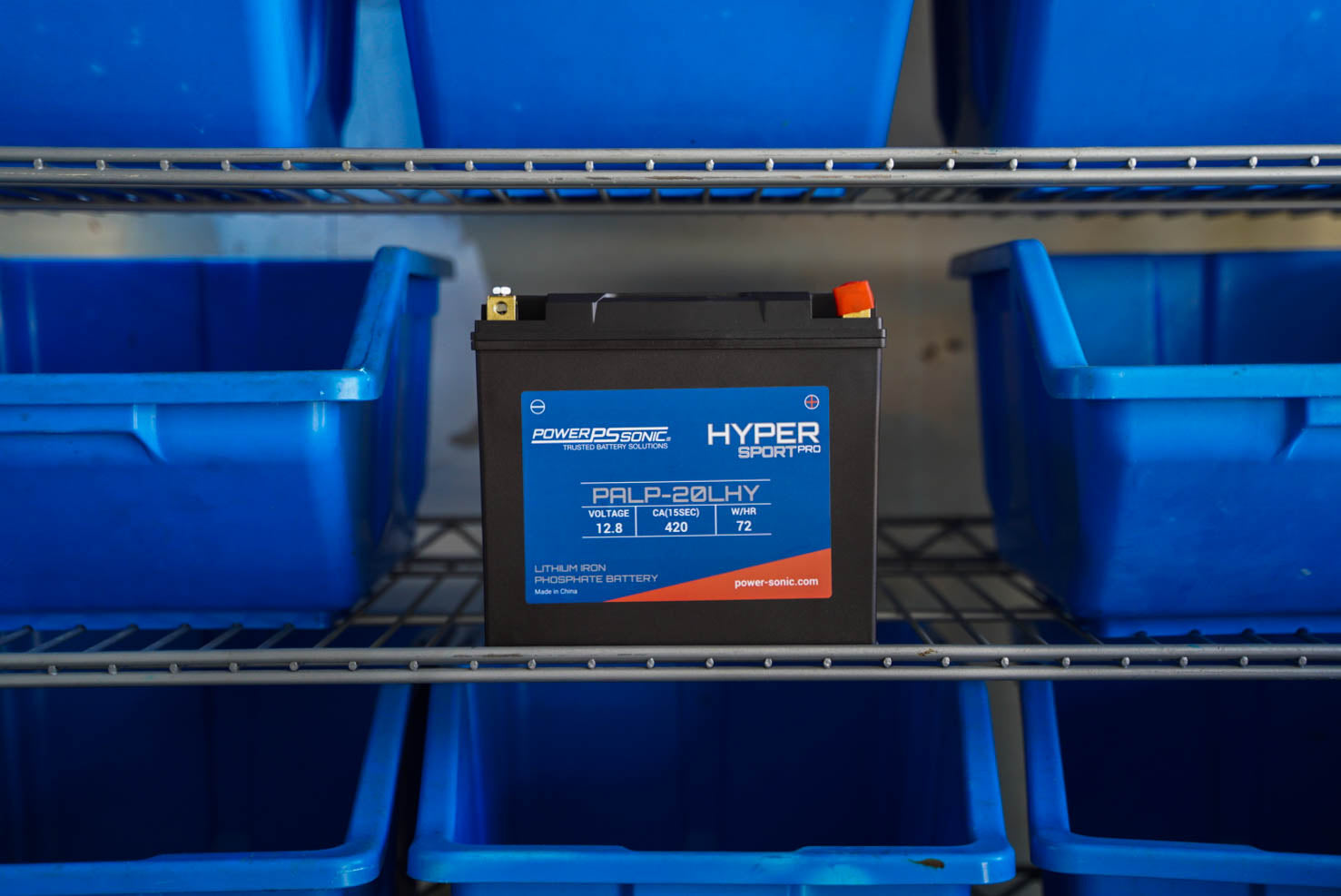Lithium iron batteries are becoming the popular choice as the standard battery in many applications. Understanding the characteristics of your lithium battery can help maximize the life span, the safety of the battery, and the best performance for your application.
What is a Lithium Iron Battery?
Lithium iron (LiFePO4 or LFP) is becoming one of the most used battery chemistries today due to its lightweight structure and high energy density. Most lithium iron batteries consist of multiple LiFePO4 cells with a circuit board that protects the cells.

The cells are made up of a cathode, anode, separator, electrolyte, and two current collectors (positive and negative). The anode and cathode store the lithium, while the electrolytes carry the positively charged lithium from the anode to the cathode and vice versa through the separator. The movement of these charges will result in a charge on the current collector, which delivers power from the anode or cathode to the terminals. This creates a voltage potential that causes the electrical current to flow from the positive terminal to your application, then back onto the negative terminal.
How Do I Maintain a Lithium Battery?
Rechargeable lithium iron batteries have a finite life and, over time, will lose their ability to hold a charge. Once your battery has lost its capacity, it is permanent. Therefore, it is very important to properly care for and maintain your lithium battery.
An estimated life expectancy of a lithium iron battery is 5-15 years, depending on usage. LiFePO4 will provide up to 2000 complete charging cycles or as many as 6000 partial cycles! A complete charging cycle uses the battery from fully charged to fully discharged and then fully recharged. Leaving your batteries unused for long periods can hinder the life of the battery and ultimately lead to a failed battery if left too long.
We recommend that all lithium batteries and cells not-in-use go through at minimum one full maintenance cycle (charge to 100% SoC (state of charge), discharge to 100% DoD (depth of discharge), charge to 50% SoC) once every 6-12 months to maintain the battery’s capacity. Please check batteries and cells in storage for adequate OCV (open circuit voltage). Use the table below to determine the minimum recommended voltage for storage. If during your maintenance check-up and the voltage is below this value, Power-Sonic recommends re-charging your battery to the top of the voltage ranges found below.
| Voltage Range (V) | Lithium Iron Phosphate Product Type |
| 3.3-3.4 | Individual Cell |
| 13.2-13.6 | 12-volt battery pack |
| 26.4-27.2 | 24-volt battery pack |
| 39.6-40.8 | 36-volt battery pack |
| 52.8-54.4 | 48-volt battery pack |
When checking cells or batteries semi-annually for voltage, please inspect for terminal corrosion and case integrity. Do not use any battery or cell that appears damaged.
No matter how well you maintain and store your battery, LiFePO4 batteries will continue to self-discharge slowly while in storage and not in use. If your battery has a feature like Bluetooth, the self-discharge rate will be higher due to the draw of the Bluetooth module. Checking your battery’s charge periodically will continue to keep your battery in better health and produce more energy for your application.
A good measure of health that’s easy to do at home is to monitor the run-time of your application. When you purchase your new lithium battery, note the run time the new battery provides your application. This brand-new run time will be a baseline to compare to as your battery ages to gauge your battery’s health. The run time will vary depending on the application and configuration that you are running.
How Do I Charge a Lithium Iron Battery?
A lithium-specific battery charger is the best choice when it comes to charging to ensure a complete charging cycle each time. Our LiFePO4 battery chargers feature an intelligent 3-step charging logic to help charge even the deepest discharged batteries. In addition, to maximize battery performance and battery life, the optimized charging technology makes the best possible use of the capacities of the batteries to be charged.
But can a lead acid charger charge a lithium battery?
There are many similarities in the charging profiles of SLA and lithium. However, extra caution should be exercised when using SLA chargers to charge lithium batteries as they can damage, undercharge, or reduce the capacity of the lithium battery over time. In addition, there are many differences when comparing lithium and SLA batteries – check out our blog ‘Can I Charge a Lithium Battery With a Normal Charger?’ that further explains how to use an SLA charger with your lithium battery!
The fully charged OCV of a 12V SLA battery is nominally 13.1V, and the fully charged OCV of a 12V lithium battery is nominally 13.6V. A battery will only sustain damage if the charging voltage applied is significantly higher than the full charge voltage of the battery.
An SLA battery should be kept below 14.7V for bulk charging and below 15V for lithium. Float charging is only required for an SLA battery – recommended around 13.8V. Based on this, a charge voltage range between 13.8V and 14.7V is sufficient to charge any battery, lithium or SLA, without causing damage. When selecting a charger for either chemistry, it is essential to choose one that will stay between the limits listed above.
What Charging Rate Will Extend the Life of a Lithium Battery?
Chargers are selected based on a fraction of the capacity of the battery. For example, a lithium battery can be charged as fast as 1C (one time the capacity of the battery), whereas a lead acid battery should be kept below C/3 (one-third times the capacity of the battery). This means a 10Ah lithium battery can be charged at 10 amps while a 10Ah lead acid battery can only be charged at about 3 amps.
To maximize lithium battery life while balancing fast charging to minimize downtime, we recommend charging your LiFePO4 battery no slower than C/4 but no faster than C/2. Going back to the 10Ah battery example, this would be a 2.5A to 5.0A charge rate with 2.5 being the best case. If you were looking at chargers and a 2A charger and 5A charger were available, we would recommend selecting the 2A charger. The 5A charger will take about 2 hours to charge but may shorten the life of the battery. The 2A charger will take about 5 hours to charge but will maximize the life of the battery.
The charge cutoff current is 2.5-5.0% of the capacity, so the cutoff for both batteries in the example above would be 0.25-0.50A. Typically, the current termination setting is determined by the charger and there is no need to worry about setting it properly to maximize battery life.
Universal chargers will typically have a function to select the chemistry which is a great way to maximize your battery life. This function chooses the optimal voltage charging range and determines when the battery is fully charged. For example, if it charges a lithium battery, the charger should shut off automatically. It should switch to a float charge if it is set to charge an SLA battery.
Long Term Storage
If you need to keep your batteries in storage for an extended period, there are a few things to consider as the storage requirements differ for SLA and lithium batteries.
First is that the battery’s chemistry determines the optimal storage SoC. For an SLA battery, you want to store it as close as possible to 100% SoC to avoid sulfating, which causes a buildup of sulfate crystals on the lead plates. The buildup of sulfate crystals will diminish the capacity of the battery.
For a lithium battery, the structure of the positive terminal becomes unstable when depleted of electrons for long periods. The instability of the positive terminal can lead to permanent capacity loss. For this reason, a lithium battery should be stored as near as possible to 50% SoC which equally distributes the electrons on the positive and negative terminals. For detailed recommendations on long-term Lithium storage, check out this guide regarding the storage of Lithium batteries.
The second influence on storage is the self-discharge rate. The high self-discharge rate of an SLA battery means that it is best to keep it on a float or trickle charge to maintain it as close as possible to 100% SOC to avoid sulfation and permanent capacity loss. For a lithium battery, which has a much lower discharge rate and doesn’t need to be at 100% SOC, you may be able to get away with minimal maintenance charging if there are no parasitic draws on the battery, such as a Bluetooth module.
How To Keep a Lithium-Ion Battery from Corroding?
Power-Sonic designed many features into the terminals of our batteries to help fight corrosion for you! However, even with care and maintenance, batteries can corrode over time. You can minimize the rate of corroding with any of the steps below.
- An easy way to reduce the effects of corrosion is to store your battery in a cool and dry environment. In addition to reducing corrosion, storing your battery under these conditions will increase the battery’s shelf life and life span.
- The best method to prevent corrosion is to seal your terminals using a spray-on protectant available at most auto parts stores.
- Continually inspecting your lithium battery terminals – if they appear dirty – and cleaning them with a soft dry cloth before use will prevent a large build-up that may later become difficult to remove.


